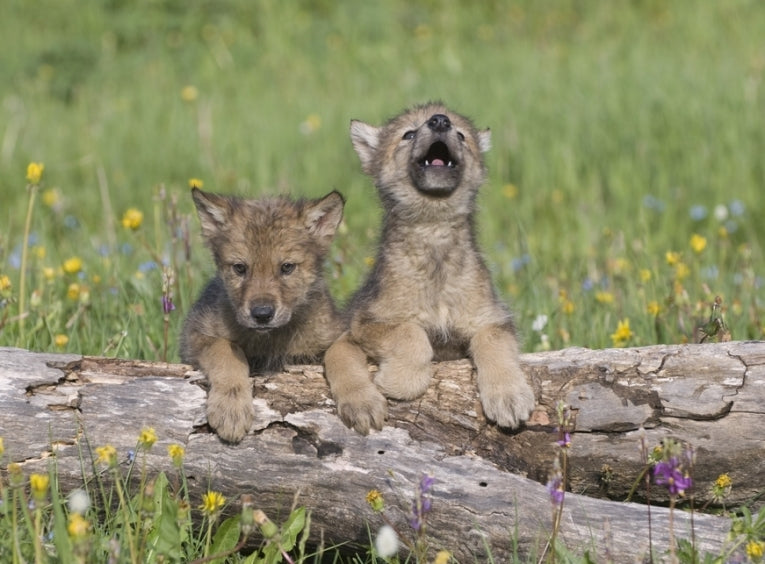Do lots of packs of wolves exist in an ideal habitat, with fewer wolves away from this centre of a geographical area? A niche is the conditions to which a species is, usually uniquely, adapted. The ecological niche is proposed here as possibly a more important centre of abundance, according to the 11 species studied by Enrique Martinez-Meyer and his colleagues. They work at the Universidad Nacional Autonoma de Mexico, the Universidad Autonoma 'Benito Juarez' de Oaxaca and the University of Kansas.
If the centre of a geographical range of the wolf coincides with its niche's central position, then fair enough, the range seems to be controlling numbers. But it may only seem to be important. However, the ecological niche defines more than the limits of a range. There is an inverse relationship between how many wolves live in a place and the distance from their niche's central area.
This means there are less of them where the niche is not optimal. The conditions in these best sites define a narrow range, so large populations outside these conditions are unlikely. Populations of animals are also unlikely to adapt to different conditions. They have migrated from the productive highly suitable conditions because of overcrowding in many cases. Niche conservative evolution restricts change in an animal in that way. This asymmetrical population balance causes species to remain adapted to the best conditions and sadly not to change to suit different conditions.
The buff-breasted sandpiper migrates, which means that its niches may confuse the issue beyond the scope of this paper. The winter niche will cause the bird to be abundant in some areas, but the same bird will be found in totally different circumstances in the summer!

Tryngites subruficollis in a field near Jones beach, in New York State - Buff-breasted sandpiper; Credit: © Shutterstock
The 14 turtle individuals in this study showed a different pattern of steady reduction in numbers away from the best niche conditions, but with such a small sample, the species population could hardly be assessed perfectly. Really significant was the California thrasher's abundance.
This species, a songbird (Toxostoma redivivum), was the first used in studies of niche distributions. It was not at all connected to the geographical centre. Instead, the environmental space was very significant in deciding where the abundance lay. And 10 other species with three different types of body mass also showed this pattern varying with the environmental space! Another 7 of the animals studied also failed to show any connection of abundance with the centre of their geographical distribution.
The whole study depended on sets of data from 4 birds, including the California thrasher, 2 types of mice, the wolf, the jaguar, the howler monkey and the turtle. The niche was most interesting to characterise, but relatively simple data for animal distribution were drawn from, "extent of occurrence data." Abundance of the animals was related to these two sets of data. The result? It seems that the authors made their point. The paper, Ecological niche structure and rangewide abundance patterns of species, was published this week in the journal Biology Letters.










